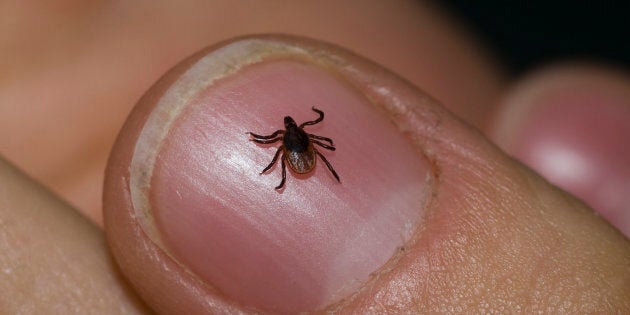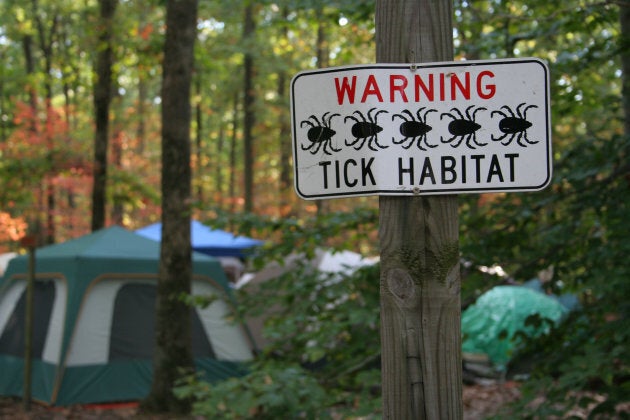
There's little doubt Earth's climate is changing. Based on the information available, these shifts do not bode well for humanity. While the majority of talk on this subject focuses on the causes and how to avoid future consequences, several problems are occurring now and need to be addressed.
The most covered effects of climate change happen to be weather related. This makes sense as fires, floods, and droughts have significant impacts on large populations. But there is another troublesome reality associated with a changing climate, namely, an increase in the spread of infectious diseases.
One of the first examples of pathogen troubles associated with climate change came 20 years ago with the return of a global threat, cholera. Researchers revealed climactic factors such as warmer global temperatures led to an increase in various aquatic parasites, which carried the bacterium responsible for infection, Vibrio cholerae.
These creatures spread the bacteria to different fish species as part of the normal ecological cycle. As these fish migrated, the bacteria came along for the ride. Eventually, this created an increased threat to humans beyond the expected geographical areas. The risk for outbreaks increased and public health officials had to figure out how to keep people safe.

Cholera may represent a good model for the effects of climate change and infectious disease spread. Yet it does not have much impact here in Canada. That does not mean that our country is immune from climate-based problems.
Recently, an international team of researchers examined how climate change is affecting many parts of the world, including Canada. Their results suggest we are at risk of seeing an increase not in cholera but another very troublesome infection caused by the bacterium Borrelia burgdoferi. We know it more commonly as Lyme disease.
Lyme disease is a complicated infection as it has both a short-term as well as a potential long-term effect on an individual. In the first few weeks, a person may encounter symptoms like the flu without the respiratory problems. This includes headaches, fatigue, fever, chills, and swollen lymph nodes. If the infection is not treated early or successfully with antibiotics, more severe troubles may arise. These can include neurological problems, arthritis, and heart complications. Although it is rarely fatal, deaths from this illness have occurred.
While we may not be able to do much to stop the climate from changing in the short term, we can be ready for the challenges to our health.
The government of Canada has shown the number of people affected by this disease has grown exponentially over the last several years from 144 in 2009 to close to 1,000 last year. This is an increase of more than 600 per cent. Making the situation worse is the range of the infection, which has grown from two provinces in 2009 to nine today.
The team in the recent article decided to go back in time to find out how the bacterium spread across the country so quickly. They had two options. The first was human-to-human transmission, however, that would not be likely as such transfer, while a possibility, has yet to be seen. The other option was to look at the insect known to carry the bacterium and transfer it to humans, the tick species known as Ixodes scapularis.
At the beginning of the 2000s, the tick was only seen in one area of the country close to Long Point in Ontario. It's at the southernmost tip of the country and considered to be warm enough to allow the insect to survive the winter season. Back then, every other part of the country was considered to be too cold to sustain the population.
The team looked at studies focusing on weather data as well as recorded observations of ticks. The hope was to find some type of link between the two. At the surface, this might seem like an easy job, however most studies simply could not find concrete evidence. This meant temperature wasn't the only factor.

The answer appeared to come in the form of an unlikely factor, the moose. Ticks love this particular animal and can hop a ride from one environment to another. As the year-to-year weather changed, the moose would move into different regions of eastern Canada. The ticks happened to come along and spread to newer areas. If the winter wasn't cold enough, thanks to climate change, the ticks survived and thrived the following summer.
But moose couldn't account for the countrywide spread into the Prairies and the west coast. This happened due to another group of animals loved by the tick, migratory birds. As the researchers learned, the process was the same but the distance was magnified.
Though this may seem like a new discovery, ticks probably have been hitchhiking for years if not decades. However, due to the colder nature of the past, the insects could not survive. Thanks to climate change, they can overwinter, thrive, and cause that 600 per cent increase in infections over the last decade.
This one example reveals the importance of paying attention to climate change as a means for increased health risks. Lyme disease and cholera are just two examples and many more are likely to occur over the coming years. While we may not be able to do much to stop the climate from changing in the short term, we can be ready for the challenges to our health. In turn, we can find ways to prevent infections such that we can continue to stay safe.
Also on HuffPost: